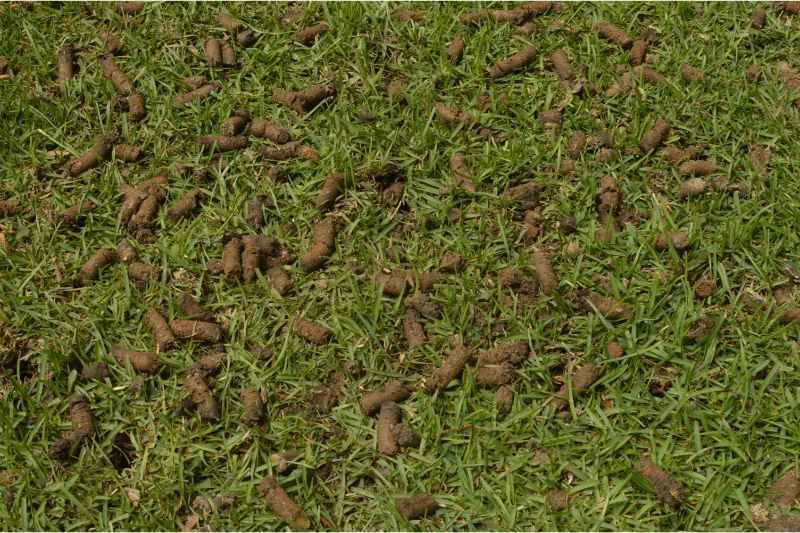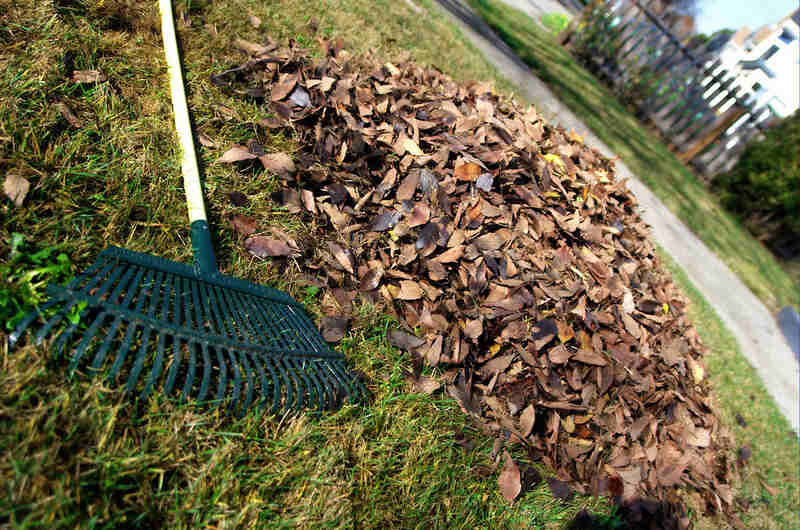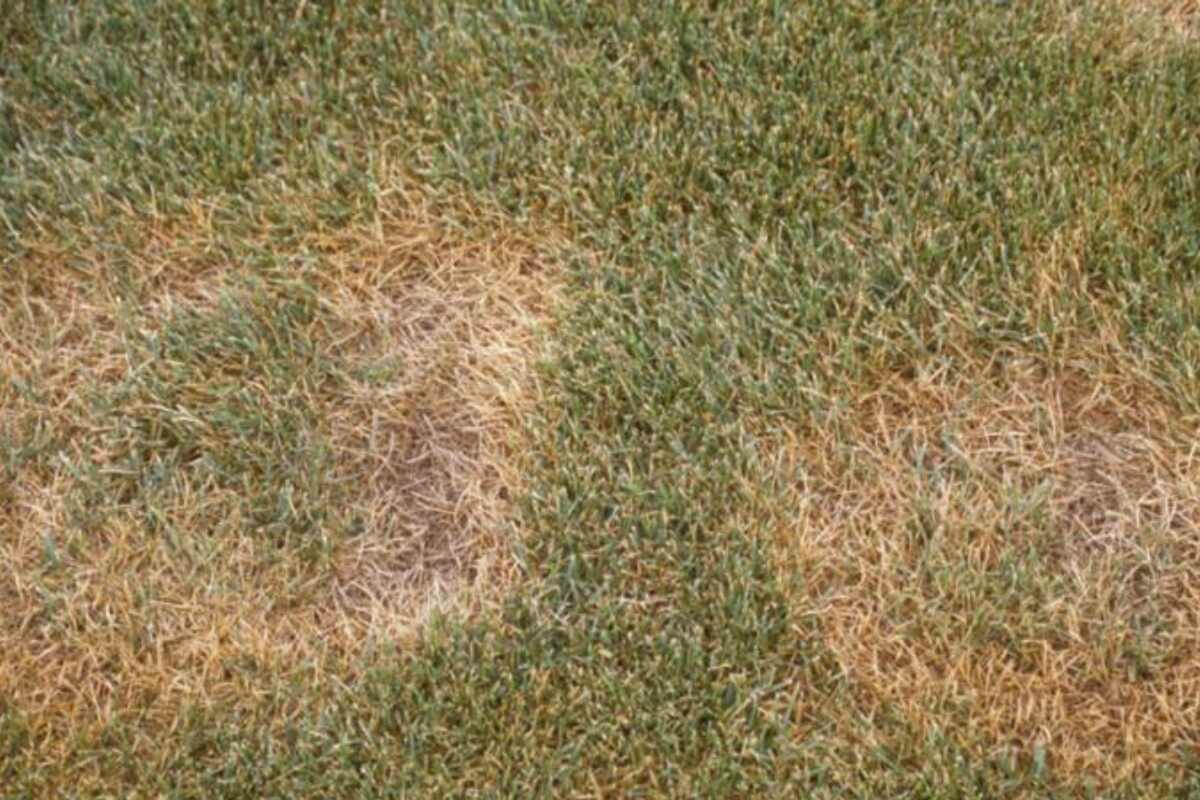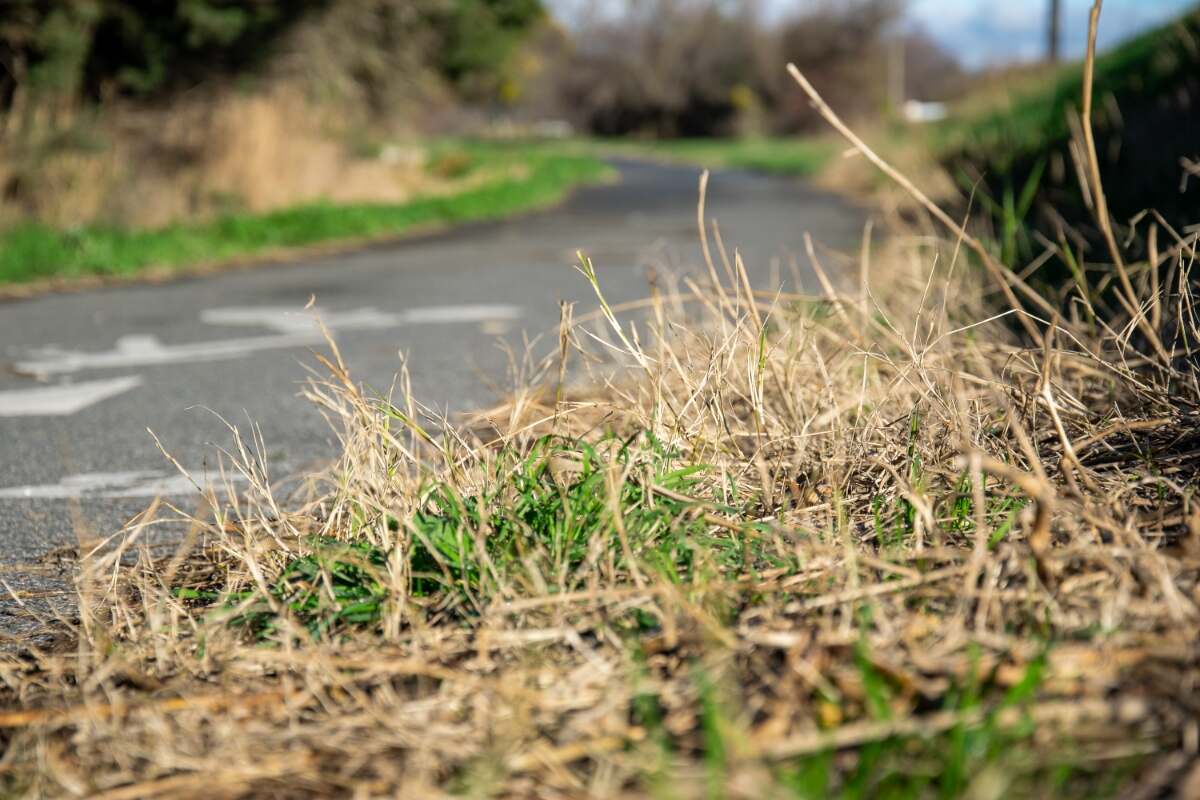
Fall around Little Rock is the time when your lawn recovers from our hot, dry summers and focuses on growing deeper roots to gather and store nutrients to help it survive our harsh winter. Your lawn needs help from you so that, come next spring, you’ll still have your beautiful, lush, green yard. Your lawn needs help from you so that, come next spring, you’ll still have your beautiful, lush, green yard.
1. Revive Your Dormant Lawn
If you “embraced the brown” and let your grass go dormant during the hottest part of the summer, resume watering as temperatures cool for the fall. Water irregularly to encourage deeper root growth. Your lawn needs 1 to 2 inches of water per week that absorbs to a depth of 4 to 6 inches. If your soil is so dry that it’s packed hard, prevent the water from just running off by watering for shorter periods of time rather than for an extended period. For example, if you normally water for 30 minutes, water for 10 minutes at a time, three times.
The best time to water is in the early morning. The water has time to absorb into the soil before the warmth of the day can cause it to evaporate, but your lawn has time to dry out before the cooler temperatures can set in and give diseases a chance to take advantage of damp conditions.
2. Fertilize and Lime Your Lawn

Photo: Source
Before you add lime or fertilizer have your soil tested to learn whether you need to add fertilizer and how much of each type of nutrient you need in your fertilizer.
As Little Rock and Arkansas homeowners who are diligent lawn care DIYers probably already know, we, as a state, are in the transition zone between warm-season and cool-season grasses. These two types of grasses have different needs when it comes to a fall fertilization schedule.
Warm-season grasses such as Bermuda grass, Zoysia, centipede grass, and St. Augustine should receive the last application of fertilizer in September, but cool-season grasses such as fescues and ryegrass should receive applications of fertilizer in September and November.
Having sufficient amounts of potassium, or potash, in your soil is particularly important for helping your grass develop the root system that will help it gather the nutrients it needs to survive through the winter. Water your lawn a few days before applying fertilizer, and then water it lightly after the application to make sure that the fertilizer is absorbed into the soil. Adding lime to your soil makes nutrients more readily available to your grass, but different types of grass prefer different soil conditions. In general, centipede grass prefers more alkaline soil. So, if your lawn is planted with this type of grass, you won’t need to add lime unless your soil’s pH level drops below 5.0. However, if your lawn contains one of the other types of grass, add lime when the pH drops below 5.8. Divide the amount of
Adding lime to your soil makes nutrients more readily available to your grass, but different types of grass prefer different soil conditions. In general, centipede grass prefers more alkaline soil. So, if your lawn is planted with this type of grass, you won’t need to add lime unless your soil’s pH level drops below 5.0. However, if your lawn contains one of the other types of grass, add lime when the pH drops below 5.8. Divide the amount of lime you need to add to your yard into 50-pound applications and add them every six months. Water your lawn after applying the lime to prevent burning foliage.
3. Aerate Your Lawn

During a hot, dry summer, your soil has most likely become compacted. Aerating your lawn in the fall allows both water and the root system of your grass to penetrate the soil more easily. Aeration also increases the activity of the microbes that break down the soil into the nutrients that your grass can absorb.
4. Overseed Your Warm-Season Lawn
Warm-season lawns turn brown with the first frost, which occurs around November 3rd in the Little Rock area. To maintain the green look longer, overseed warm-season grasses with cool-season grasses two to four weeks before the date of the first frost. While annual ryegrass is a popular choice because it germinates more quickly, perennial ryegrass better withstands cool temperatures. Bermuda grass accepts overseeding better than the other warm-season grasses.
5. Continue to Mow Your Lawn
Contrary to the recommendations made by some, the experts at the University of Arkansas’s Department of Agriculture advise against lowering your mowing height for the last one or two mowing passes in the fall. They do recommend, as long as no fresh blades of new grass have emerged, that you cut Bermudagrass or a Zoysia lawn slightly shorter for the first mowing of the spring to enable sunlight to reach the soil and the crown of the grass. However, because St. Augustine and centipede grass lawns spread by means of above ground stems called stolon, cutting these grasses shorter risks damage.
6. Remove Fallen Leaves and Other Debris

Clear your lawn of leaves and other debris that could become wet and mat down during the winter and then block sunlight in the spring. That provides an opportunity for diseases to attack your lawn. You can either rake the leaves and add them to your compost or chop them up by making a couple of passes with your mulching mower.
These six tips will sustain your lawn through one of our Arkansas winters so that emerges thick and green again in the spring.
Have more questions about lawn care? Visit our Little Rock lawn care page for more information.
Top Photo: Zillow.com




